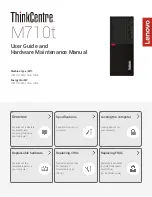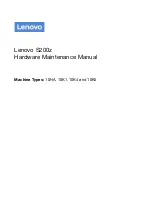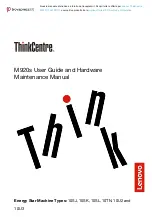
For the examples in this appendix, each device will be assigned an allocation
class of 2, and the system disk will be given a new node name. Also, devices
DIA0, DIA1, and DIA2; and DUA0, DUB1, DUC2, and DUD3 will be assigned
new unit numbers.
Note
The DUP server examples throughout this appendix are for EF- to RF-
series ISEs. The displays for the TF-series tape drive differ slightly from
the EF- to RF-series displays.
C.3.1 Entering the DUP Driver Utility
To examine and change DSSI parameters, you must first activate the DUP driver
utility by setting host to the specific device for which you want to modify or
examine parameters.
Use the following command for embedded DSSI.
SET HOST/DUP/DSSI/BUS:<bus_number> <node_number> PARAMS
where <bus_number> is the DSSI bus number (0,1,2,3), and <node_number> is
the bus node ID (0–6) for the device on the bus.
Use the following command for KFQSA-based DSSI.
SET HOST/DUP/UQSSP/DISK <controller_number> PARAMS
where <controller_number> is the controller number (provided by the SHOW
UQSSP display) for the device on the bus.
C–8 Programming Parameters for DSSI Devices
















































